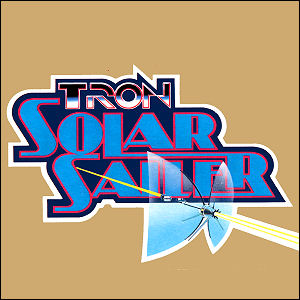 Mattel Electronics releases the Tron Solar Sailer cartridge for the Intellivision home video game system, the third and final Intellivision game based on Tron, and the only one to require use of the Intellivoice voice module.
Mattel Electronics releases the Tron Solar Sailer cartridge for the Intellivision home video game system, the third and final Intellivision game based on Tron, and the only one to require use of the Intellivoice voice module. ![]()

 Mattel Electronics releases the Tron Solar Sailer cartridge for the Intellivision home video game system, the third and final Intellivision game based on Tron, and the only one to require use of the Intellivoice voice module.
Mattel Electronics releases the Tron Solar Sailer cartridge for the Intellivision home video game system, the third and final Intellivision game based on Tron, and the only one to require use of the Intellivoice voice module. ![]()
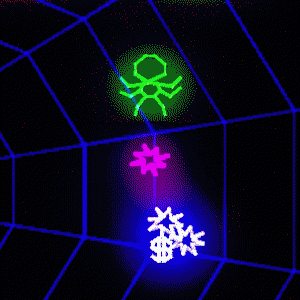 Atari releases the arcade video game Black Widow, a twin-joystick vector graphics game.
Atari releases the arcade video game Black Widow, a twin-joystick vector graphics game. ![]()
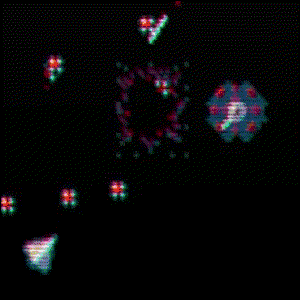 Williams Electronics releases the arcade video game Sinistar, designed by Noah Falstein and John Newcomer, and coded by a team including R.J. Mical, Sam Dicker, Ken Graham, and Richard Witt. With digitized pre-recorded speech from a professional voice actor lending the titular Sinistar a booming, terrifying voice, the game (and its difficulty) soon become legendary.
Williams Electronics releases the arcade video game Sinistar, designed by Noah Falstein and John Newcomer, and coded by a team including R.J. Mical, Sam Dicker, Ken Graham, and Richard Witt. With digitized pre-recorded speech from a professional voice actor lending the titular Sinistar a booming, terrifying voice, the game (and its difficulty) soon become legendary. ![]()
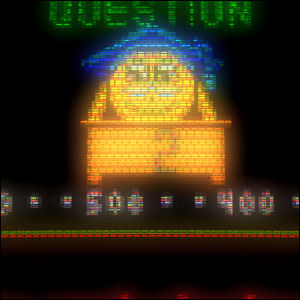 Midway releases the arcade video trivia game Professor Pac-Man, a quiz game tenuously connected to the company’s string of Pac-Man sequels. Few cabinets are produced due to very low early sales, so Professor Pac-Man is a rare find.
Midway releases the arcade video trivia game Professor Pac-Man, a quiz game tenuously connected to the company’s string of Pac-Man sequels. Few cabinets are produced due to very low early sales, so Professor Pac-Man is a rare find. ![]()
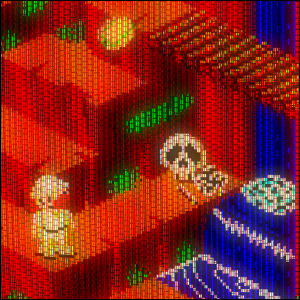 Sega releases the arcade game Congo Bongo in American arcades. Using the same graphical approach as Zaxxon, Congo Bongo is a 3-D take on the oddly familiar theme of a man climbing a structure to capture an ape.
Sega releases the arcade game Congo Bongo in American arcades. Using the same graphical approach as Zaxxon, Congo Bongo is a 3-D take on the oddly familiar theme of a man climbing a structure to capture an ape. ![]()
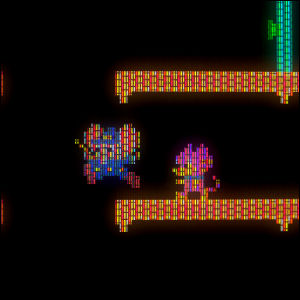 Midway releases the arcade video game Mappy, licensed from Namco, the Japanese developers behind Pac-Man.
Midway releases the arcade video game Mappy, licensed from Namco, the Japanese developers behind Pac-Man. ![]()
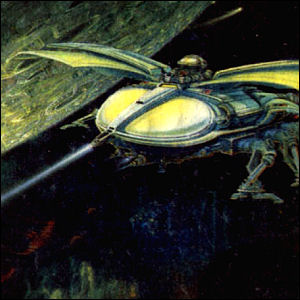 Mythicon releases Fire Fly for the Atari 2600 home video game, one of the company’s quickly-developed line of discount game cartridges for that system.
Mythicon releases Fire Fly for the Atari 2600 home video game, one of the company’s quickly-developed line of discount game cartridges for that system. ![]()
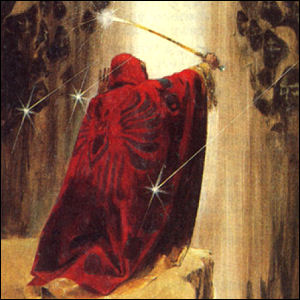 Upstart video game manufacturer Mythicon releases Sorcerer for the Atari 2600. One of only three games issued by Mythicon before it goes out of business, and considered one of the worst games ever made for the 2600, Sorcerer is designed to be sold at a low price point at drug stores and other retail venues not normally associated with video games.
Upstart video game manufacturer Mythicon releases Sorcerer for the Atari 2600. One of only three games issued by Mythicon before it goes out of business, and considered one of the worst games ever made for the 2600, Sorcerer is designed to be sold at a low price point at drug stores and other retail venues not normally associated with video games. ![]()
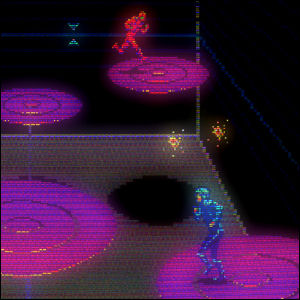 Midway releases the arcade game Discs Of Tron in American arcades. The second coin-op game based on the movie Tron, this game was originally devised as an additional “stage” of the original Tron coin-op until designers split it off into its own game. The “environmental” cabinet, allowing players to stand inside the brightly black-lit game, becomes a legend of arcade architecture.
Midway releases the arcade game Discs Of Tron in American arcades. The second coin-op game based on the movie Tron, this game was originally devised as an additional “stage” of the original Tron coin-op until designers split it off into its own game. The “environmental” cabinet, allowing players to stand inside the brightly black-lit game, becomes a legend of arcade architecture. ![]()
![]()
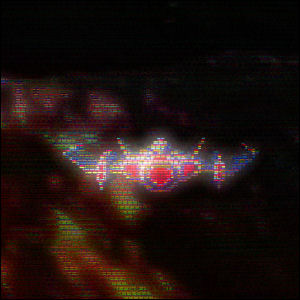 Segaa releases the arcade game Astron Belt in American arcades. The first game to go into development specifically as a laser videodisc game, Astron Belt is a minor hit but it overshadowed by the Disney-esque visuals of another laserdisc coin-op, Dragon’s Lair.
Segaa releases the arcade game Astron Belt in American arcades. The first game to go into development specifically as a laser videodisc game, Astron Belt is a minor hit but it overshadowed by the Disney-esque visuals of another laserdisc coin-op, Dragon’s Lair. ![]()
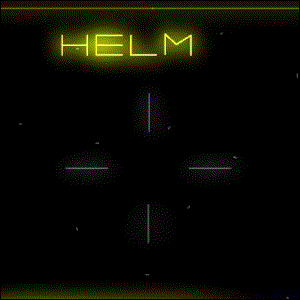 Segaa releases the arcade game Star Trek: Strategic Operations Simulator in American arcades. The vector graphics coin-op, simulating the “tactical views” seen on the Enterprise in the first two Star Trek movies, is the first officially licensed Star Trek video game. It also reflects some corporate synergy: Sega was, at the time, also owned by Paramount Pictures parent company Gulf + Western.
Segaa releases the arcade game Star Trek: Strategic Operations Simulator in American arcades. The vector graphics coin-op, simulating the “tactical views” seen on the Enterprise in the first two Star Trek movies, is the first officially licensed Star Trek video game. It also reflects some corporate synergy: Sega was, at the time, also owned by Paramount Pictures parent company Gulf + Western. ![]()
![]()
 Activision releases Dracula for the Intellivision home video game system, one of numerous Imagic titles exclusive to that system.
Activision releases Dracula for the Intellivision home video game system, one of numerous Imagic titles exclusive to that system. ![]()
 Imagic releases the No Escape! cartridge for the Atari 2600 home video game system.
Imagic releases the No Escape! cartridge for the Atari 2600 home video game system. ![]()
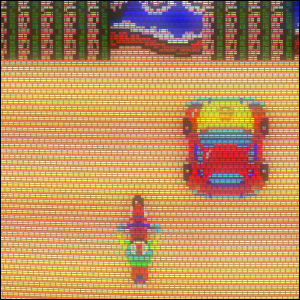 Williams Electronics releases the arcade video game Motorace USA, a scrolling racing game developed by Japanese game manufacturer IREM (who were also behind the Williams-licensed hit Moon Patrol). In other regions the same game is known as Traverse USA and Zippy Race.
Williams Electronics releases the arcade video game Motorace USA, a scrolling racing game developed by Japanese game manufacturer IREM (who were also behind the Williams-licensed hit Moon Patrol). In other regions the same game is known as Traverse USA and Zippy Race. ![]()
 Activision releases the Happy Trails cartridge for the Intellivision home video game system.
Activision releases the Happy Trails cartridge for the Intellivision home video game system. ![]()
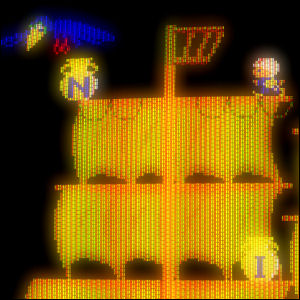 Atari releases the arcade video game Arabian, developed by Sun Electronics.
Atari releases the arcade video game Arabian, developed by Sun Electronics. ![]()
 Mere weeks before Return Of The Jedi arrives in theaters, Atari releases the arcade game Star Wars in the United States, in both upright (standing) and cocktail (sit-down) models, complete with almost-intelligible sample voices from the movie of the same name. Players strafe the Death Star at lightning speeds (thanks to vector graphics, which can draw faster than full-screen raster graphics) after fending off TIE fighters. The Force is with us… for 25 cents.
Mere weeks before Return Of The Jedi arrives in theaters, Atari releases the arcade game Star Wars in the United States, in both upright (standing) and cocktail (sit-down) models, complete with almost-intelligible sample voices from the movie of the same name. Players strafe the Death Star at lightning speeds (thanks to vector graphics, which can draw faster than full-screen raster graphics) after fending off TIE fighters. The Force is with us… for 25 cents. ![]()
![]()
 Konami introduces the arcade game Gyruss in the United States, a space shooter with a vaguely 3-D perspective and a thumping Bach-by-way-of-techno soundtrack.
Konami introduces the arcade game Gyruss in the United States, a space shooter with a vaguely 3-D perspective and a thumping Bach-by-way-of-techno soundtrack. ![]()
 Gottlieb introduces the arcade game Krull in the United States, based on the much-hyped fantasy movie of the same name.
Gottlieb introduces the arcade game Krull in the United States, based on the much-hyped fantasy movie of the same name. ![]()
![]()
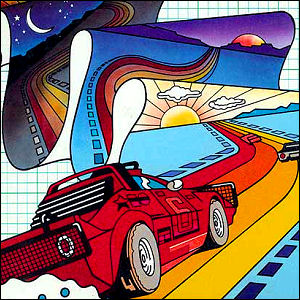 Activision releases the Enduro cartridge for the Atari 2600 home video game system. Competing directly with Atari’s home version of the coin-op racing game Pole Position, Enduro features night driving, different surface reactions (driving on ice), and numerous changes of scenery.
Activision releases the Enduro cartridge for the Atari 2600 home video game system. Competing directly with Atari’s home version of the coin-op racing game Pole Position, Enduro features night driving, different surface reactions (driving on ice), and numerous changes of scenery. ![]()
 Mattel Electronics releases the Burgertime cartridge for the Intellivision home video game system, a home version of the Data East arcade game. The game gets a surprising nationwide marketing push, benefiting from a realignment of priorities behind the scenes at Mattel.
Mattel Electronics releases the Burgertime cartridge for the Intellivision home video game system, a home version of the Data East arcade game. The game gets a surprising nationwide marketing push, benefiting from a realignment of priorities behind the scenes at Mattel. ![]()
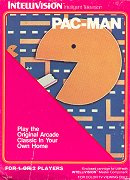 Atarisoft, an Atari imprint that ports the company’s games (or licensed properties) to competitors’ hardware, reveals its port of Pac-Man for the Intellivision at the 1983 summer Consumer Electronics Show. The game proves to be a minor hit closer to Christmas.
Atarisoft, an Atari imprint that ports the company’s games (or licensed properties) to competitors’ hardware, reveals its port of Pac-Man for the Intellivision at the 1983 summer Consumer Electronics Show. The game proves to be a minor hit closer to Christmas. ![]()
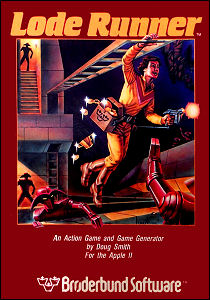 Broderbund Software introduces the earliest versions of Doug Smith’s computer game Lode Runner, including the Apple II version. Inspired by the obscure arcade game Space Panic, Lode Runner gives players a weapon that digs rather than directly disabling enemies. A game franchise spanning multiple platforms and decades is spawned.
Broderbund Software introduces the earliest versions of Doug Smith’s computer game Lode Runner, including the Apple II version. Inspired by the obscure arcade game Space Panic, Lode Runner gives players a weapon that digs rather than directly disabling enemies. A game franchise spanning multiple platforms and decades is spawned. ![]()
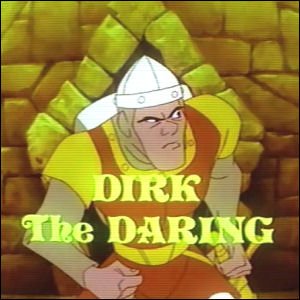 The ongoing race to improve arcade game graphics takes a sudden turn with the introduction of the first laserdisc-driven game to hit arcades, Dragon’s Lair. Featuring animation by former Disney protege Don Bluth, and a branching structure that depends heavily on players performing the right actions at just the right times, Dragon’s Lair is rigid in game play, but breathtaking in beauty; most arcade operators set the price for a single game at 50 cents just to offset the cost of the machine – and players gladly wait in line just to watch others guide Dirk the Daring through the castle.
The ongoing race to improve arcade game graphics takes a sudden turn with the introduction of the first laserdisc-driven game to hit arcades, Dragon’s Lair. Featuring animation by former Disney protege Don Bluth, and a branching structure that depends heavily on players performing the right actions at just the right times, Dragon’s Lair is rigid in game play, but breathtaking in beauty; most arcade operators set the price for a single game at 50 cents just to offset the cost of the machine – and players gladly wait in line just to watch others guide Dirk the Daring through the castle. ![]()
 Broderbund Software introduces the earliest versions of Doug Smith’s computer game Lode Runner, including the Atari Home Computer version. Inspired by the obscure arcade game Space Panic, Lode Runner gives players a weapon that digs rather than directly disabling enemies. A game franchise spanning multiple platforms and decades is spawned.
Broderbund Software introduces the earliest versions of Doug Smith’s computer game Lode Runner, including the Atari Home Computer version. Inspired by the obscure arcade game Space Panic, Lode Runner gives players a weapon that digs rather than directly disabling enemies. A game franchise spanning multiple platforms and decades is spawned. ![]()
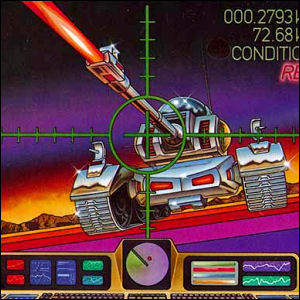 Activision releases the Robot Tank cartridge for the Atari 2600 home video game system, Activision’s answer to Atari’s home verison of Battlezone. As usual, Activision raises the ante with such features as a night vision mode and multiple targets.
Activision releases the Robot Tank cartridge for the Atari 2600 home video game system, Activision’s answer to Atari’s home verison of Battlezone. As usual, Activision raises the ante with such features as a night vision mode and multiple targets. ![]()
 Atari releases the arcade video game Crystal Castles, an internally developed game featuring a new character, Bentley the Bear.
Atari releases the arcade video game Crystal Castles, an internally developed game featuring a new character, Bentley the Bear. ![]()
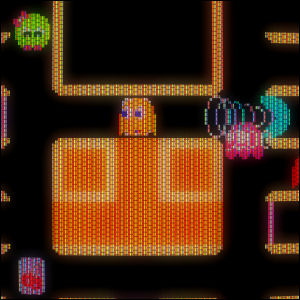 Midway releases the arcade video game Pac ‘N’ Pal, licensed from Namco, the Japanese developers behind Pac-Man, of which this game is a loose sequel.
Midway releases the arcade video game Pac ‘N’ Pal, licensed from Namco, the Japanese developers behind Pac-Man, of which this game is a loose sequel. ![]()
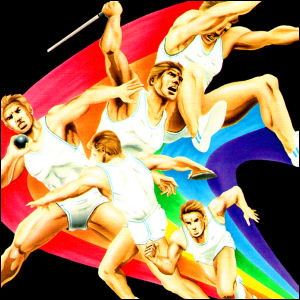 Activision releases The Activision Decathlon for the Atari 2600 home video game, one of several video games themed around the 1984 Olympic Games.
Activision releases The Activision Decathlon for the Atari 2600 home video game, one of several video games themed around the 1984 Olympic Games. ![]()
 Origin Systems releases the computer role-playing game Ultima III: Exodus for the Apple II home computer, the third game in Richard Garriott’s Ultima series.
Origin Systems releases the computer role-playing game Ultima III: Exodus for the Apple II home computer, the third game in Richard Garriott’s Ultima series. ![]()